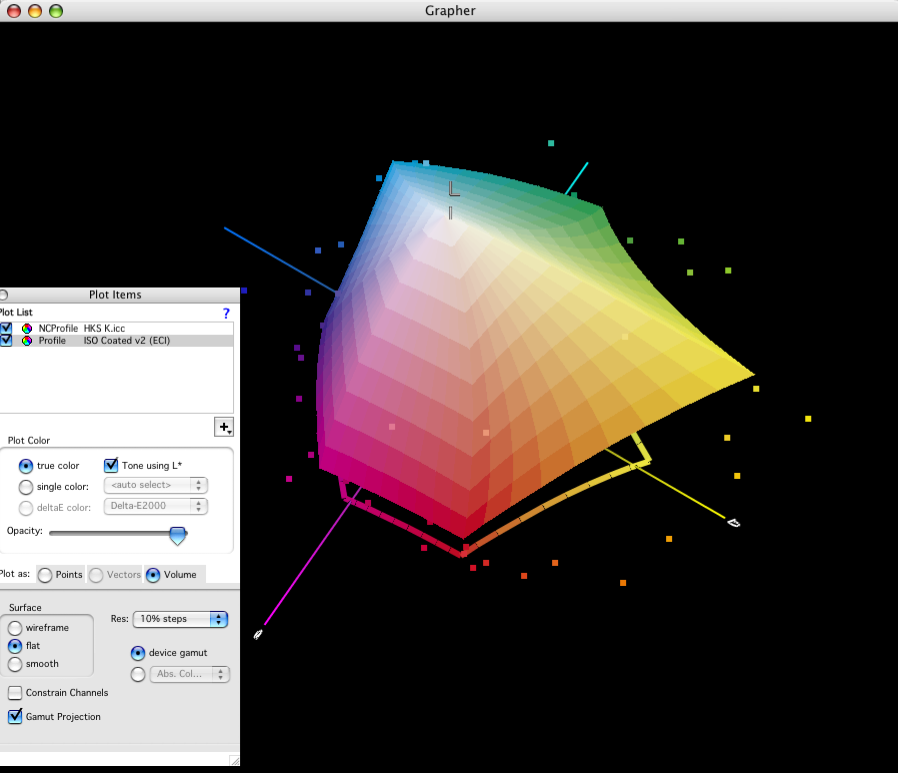Us Web Coated Swop V2 Profile
Somehow, the colour profile 'U.S. Web Coated (SWOP) v2' has gone missing. Good thing Adobe has these up on the internet for us to download. Go to the ' ICC profiles for Windows ' page to grab ' Adobe ICC profiles '. In this case, the default for CMYK is U.S. Web Coated (SWOP) v2, which is a specific CMYK setting for a web printing press and coated paper, among other things. When you convert an RGB image to CMYK (Image→Mode→CMYK) prior to sending it off to the printer, Photoshop automatically tags the image with the U.S. Web Coated (SWOP) v2 color profile. Best Answer: An ICC profile is for controlling colour. US Web Coated (SWOP) is for 'standard web offset printing', i.e. US Web Coated (SWOP) is for 'standard web offset printing', i.e. To install a missing or corrupt profile: 1. Navigate to the USWebCoatedSWOP.icc profile. (The AdobeICCProfiles_0805.zip archive contains two directories: CMYK Profiles and RGB Profiles. USWebCoatedSWOP.icc is in the CMYK folder.) 2. Right-click the profile and choose Install Profile. Note: Proceed to Solution 2 if Uninstall Profile is present.
Thus, somebody needs to explain away 2*6=12 points of additional dot gain to account for how a web profile can produce seps that are six points *darker* than a sheetfed profile does rather than six points *lighter* as one would expect. In my book, I suggested that 175-dot per inch printing adds about one point of dot gain, so that's a start. As soon as Chris or somebody from Adobe comes up with an adequate excuse for the other 11 points (and 11 points is huge--almost the difference between web coated and newspaper printing), I'll believe that they didn't just accidentally swap the names of the two profiles.

In 'Quality & Productivity in the Graphic Arts' Miles Southworth quotes 'Rosen test data' as showing dot gain for 120 lpi @15%. For 150 lpi it was 28%. That's a 13% difference just due to line screen. At 65 lpi dot gain was negligible at 2%. So there is clearly an increase in dot gain with increasing screen ruling. HOWEVER, I'd forgotten the Adobe press run was performed CTP.
> In ver>disp_single_toolbox at 424 In ver at 81 >> What's the verdict?  Java HotSpot(TM) 64-Bit Server VM mixed mode ------------------------------------------------------------------------------------- Warning: No properly formatted Contents.m file was found for 'help'. I typed it here's what I got: >> ver help ------------------------------------------------------------------------------------- MATLAB Version 7.6.0.324 (R2008a) MATLAB License Number: 16**** Operating System: Microsoft Windows Vista Version 6.1 (Build 7601: Service Pack 1) Java VM Version: Java 1.6.0 with Sun Microsystems Inc.
Java HotSpot(TM) 64-Bit Server VM mixed mode ------------------------------------------------------------------------------------- Warning: No properly formatted Contents.m file was found for 'help'. I typed it here's what I got: >> ver help ------------------------------------------------------------------------------------- MATLAB Version 7.6.0.324 (R2008a) MATLAB License Number: 16**** Operating System: Microsoft Windows Vista Version 6.1 (Build 7601: Service Pack 1) Java VM Version: Java 1.6.0 with Sun Microsystems Inc.
Dot gain is known to decrease by as much as 10%. The increase in dot gain going from 133 to 175 is offset to a great degree by the decrease in dot gain by printing CTP, but not entirely. I propose the remaining difference is due to paper white. You may be printing to the same kind of paper:) but SWOP specifies a #5 stock and that's what was used for TR001 (colorimetric aimpoints for SWOP), and TR001 was used to build the U.S. Web Coated (SWOP) v2 profile included with Adobe products. Sheetfed Coated v2 profile is using either a #1 or #2 stock, I'm not sure which, but the reported brightness in the profile is pretty white at 97L*, -1a*, 2b* compared to SWOP which is 89L*, 0a*, 1b*. So these profiles will have behavior that is the result of their paper white no matter what rendering intent you use: in the case of AbsCol the paper white is taken into account in order to get an exact LAB match source to destination.
Us Web Coated Swop V2 Profile Sheet

But in the case of RelCol, the paper white measurement is subtracted such that the CMS assumes the paper has a whiteness of 100L*, 0a*, 0b*. The result is heavier separations. Within the current framework there is no way around this as far as I can tell. I have a request in to see if TR001 is based on measurements over a black trap or over multiple sheets of #5. If it's the former, then TR001 is probably overstating the darkness of #5 stock.
That stock is thin and thus translucent. If placed on a black trap per the ANSI standard method for taking colorimetric measurements, some of that black trap will show through and contribute gray component where there is none. In reality, the way people read magazines, it's paper on multiple sheets of paper except for the last page in the magazine. That's arguably the way it should have been measured, even if it's not standard.